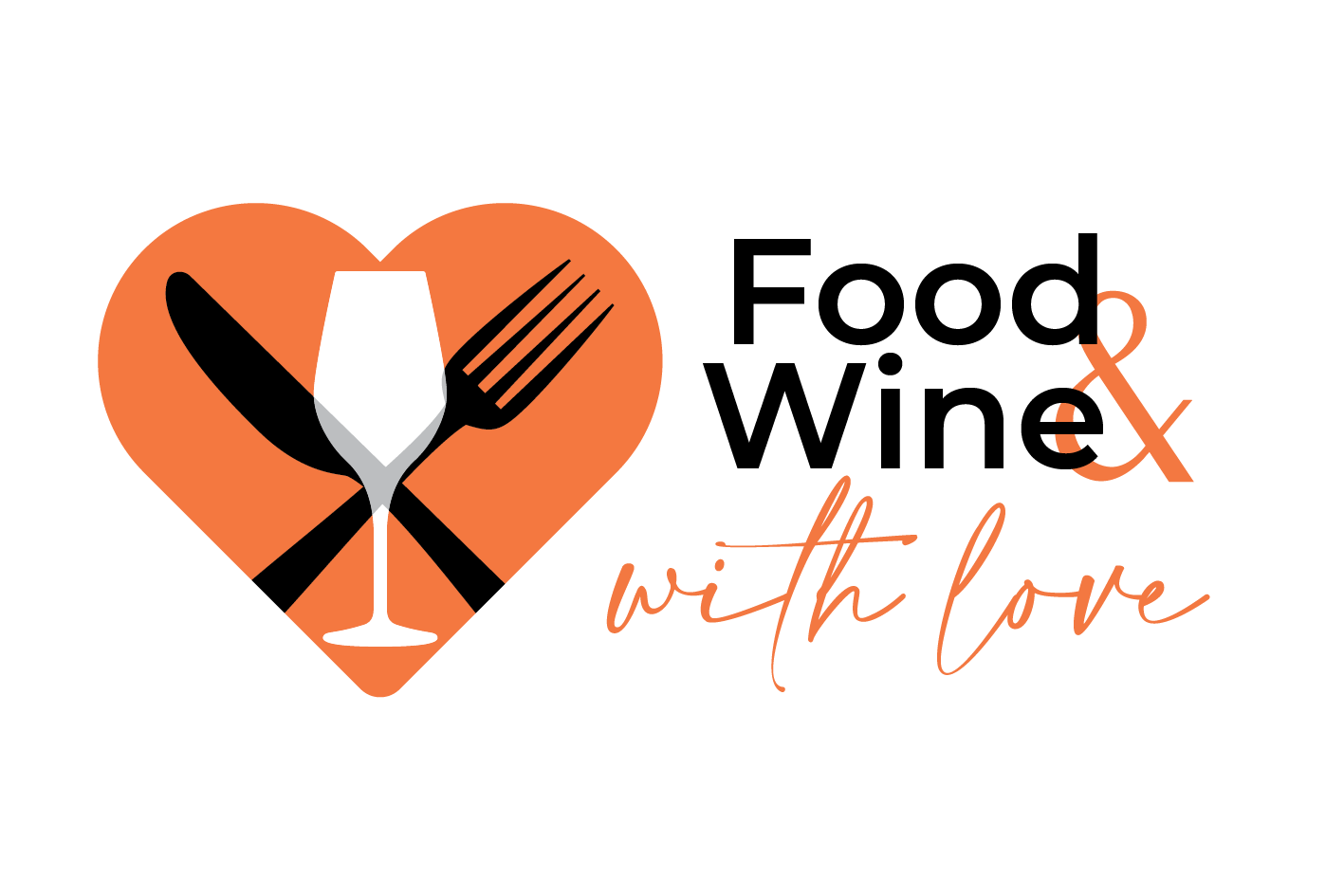Are you intrigued by Polish cuisine in Australia?
It’s a colourful mosaic of flavours, deeply rooted in Poland’s diverse heritage. With its hearty dishes and rich flavours, Polish food reflects the country’s history and agricultural heritage. From comforting soups like barszcz and zurek to savoury delights like pierogi and kielbasa, Polish cuisine offers a diverse range of flavours and textures. Each dish tells a story, with recipes passed down through generations and adapted to modern tastes.
Let us be your culinary compass in Australia, leading you to the city’s finest Polish eateries. Prepare to embark on a journey brimming with tantalising flavours, from the hearty richness of bigos to the irresistible aroma of freshly grilled kielbasa.
12 Must Try Polish Food in Australia
1. Pierogi:
These delightful dumplings are a cornerstone of Polish cuisine. Typically made with unleavened dough, pierogi are filled with a variety of ingredients, including mashed potatoes, cheese, sauerkraut, mushrooms, or meat. They can be boiled, fried, or even baked, and are often served with sour cream or fried onions.
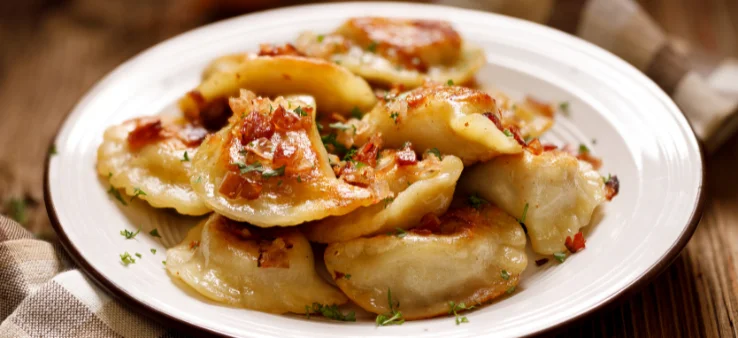
2. Bigos (Hunter’s Stew):
Bigos is a hearty stew that has been a favourite in Poland for centuries. This “hunter’s stew” is a flavorful combination of sauerkraut, fresh cabbage, various meats such as sausage, pork, and beef, as well as mushrooms and spices. It’s a complex dish that evolves over time, with each reheating enhancing its flavours.
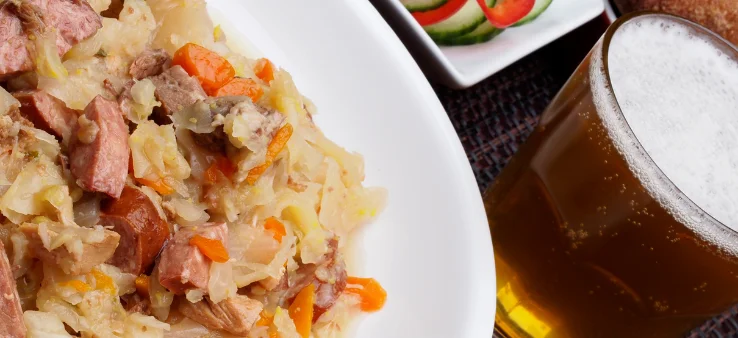
3. Kielbasa:
Polish sausage comes in many forms, from smoked to fresh, and is a beloved part of Polish cuisine. Made from seasoned ground meat, usually pork, beef, or a combination of both, kielbasa can be grilled, fried, or boiled. It’s often served as a main course, sliced and accompanied by mustard, horseradish, or pickles.

4. Zurek (Sour Rye Soup):
Zurek is a traditional Polish soup known for its distinctive sour flavour, which comes from fermented rye flour or sourdough starter. The soup is typically made with a base of broth, smoked meat, potatoes, carrots, and often includes hard-boiled eggs and sausage slices. Its tangy taste makes it a unique and comforting dish.
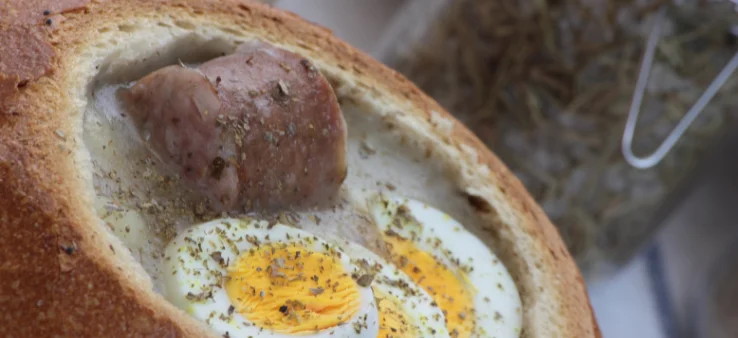
5. Golabki (Stuffed Cabbage Rolls):
Golabki are cabbage leaves stuffed with a flavorful mixture of minced meat, usually pork or beef, combined with rice, onions, and spices. The rolls are then simmered in a tomato-based sauce until tender. They’re a classic comfort food in Poland, enjoyed by families for generations.
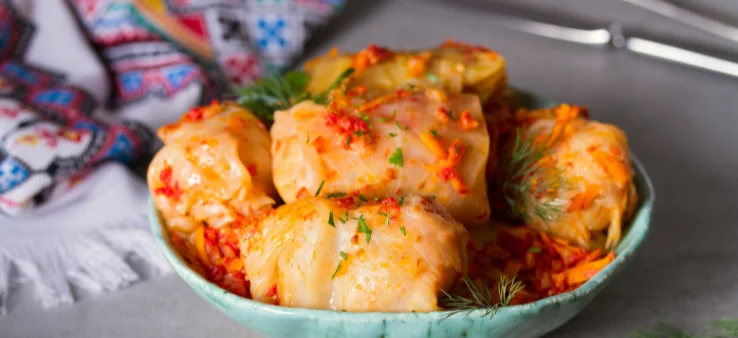
6. Placki ziemniaczane (Potato Pancakes):
These crispy potato pancakes are a beloved Polish dish, made by grating potatoes and mixing them with flour, eggs, and seasonings. The mixture is then fried until golden brown and crispy. Potato pancakes are often served with sour cream, applesauce, or a sprinkle of sugar.
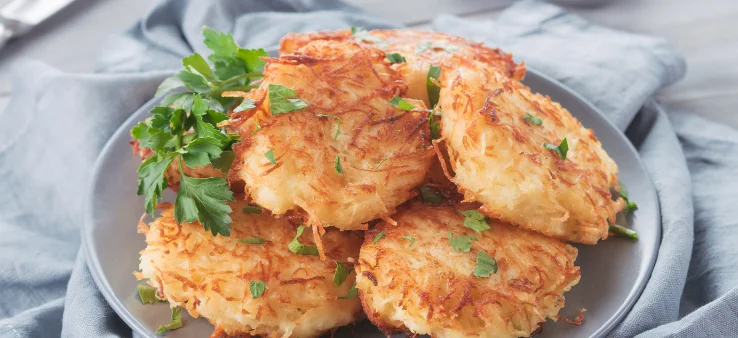
7. Sernik (Polish Cheesecake):
Polish cheesecake, or sernik, is a creamy and rich dessert made with a filling of cream cheese, eggs, sugar, and often flavoured with vanilla or lemon zest. Unlike its American counterpart, Polish cheesecake is typically denser and less sweet. It’s often served with fruit compote or a dollop of whipped cream.
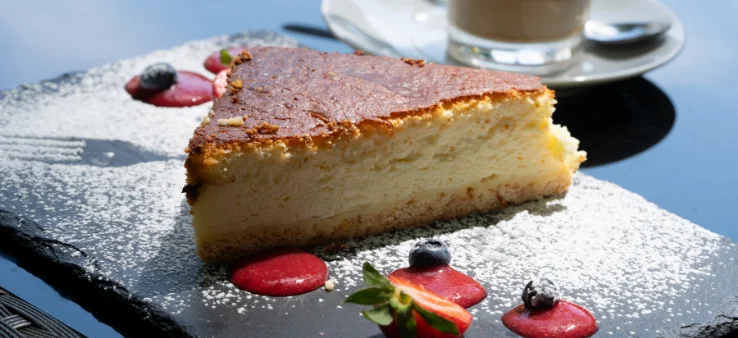
8. Kotlet schabowy (Breaded Pork Cutlet):
This is Poland’s version of a breaded pork cutlet, similar to a schnitzel. Thinly sliced pork loin is tenderised, then coated in breadcrumbs, egg wash, and fried until golden and crispy. Kotlet schabowy is commonly served with mashed potatoes or boiled potatoes and a side of cabbage salad.
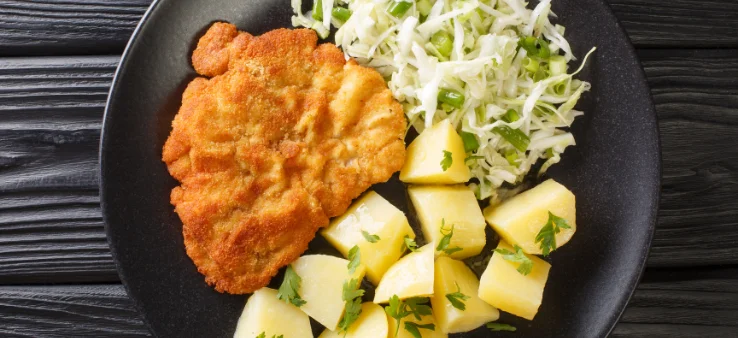
9. Barszcz (Beet Soup):
Barszcz is a vibrant and tangy beet soup that is a staple in Polish cuisine. Made with beets, carrots, onions, and sometimes mushrooms, barszcz can be served hot or cold. It’s often garnished with sour cream and fresh dill, adding a creamy texture and herbal flavour to the soup.
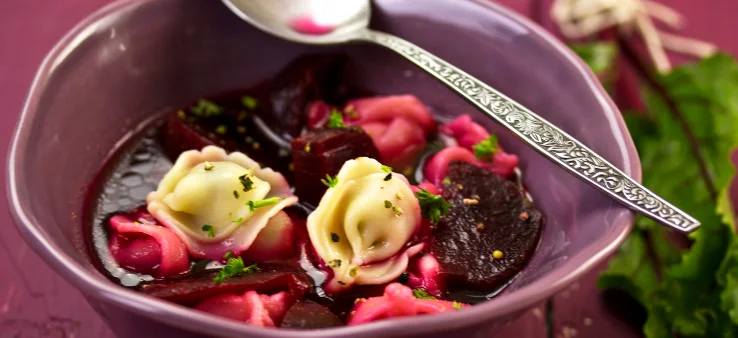
10. Kapusta z grochem (Cabbage with Peas):
This simple yet delicious dish consists of shredded cabbage cooked with peas, onions, and sometimes bacon or sausage. It’s seasoned with salt, pepper, and a touch of sugar to balance the flavours. Kapusta z grochem is a popular side dish in Poland, especially during the colder months.
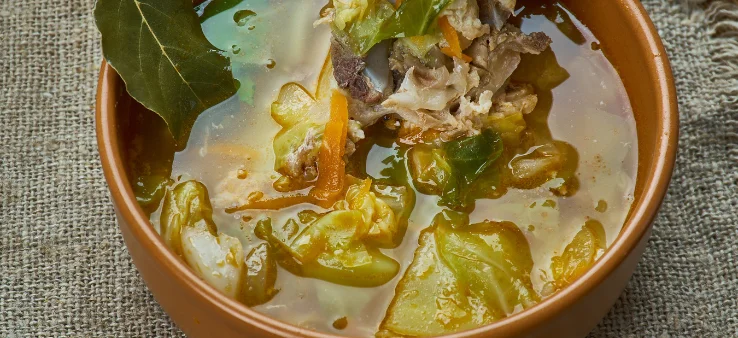
11. Kopytka (Potato Dumplings):
Kopytka are Polish potato dumplings similar to gnocchi but with a slightly different texture. They’re made by combining mashed potatoes with flour, egg, and salt, then forming the dough into small dumplings. Kopytka are typically boiled and served with butter, breadcrumbs, or gravy.
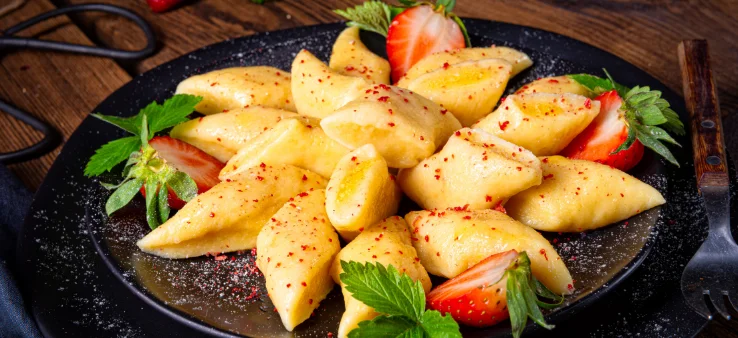
12. Zrazy (Rolled Beef):
Zrazy are thin slices of beef rolled around a savoury filling, such as bacon, onions, pickles, and mustard. The rolls are then braised until tender in a flavorful broth or sauce. Zrazy are a popular dish in Poland, often served with mashed potatoes or buckwheat groats.
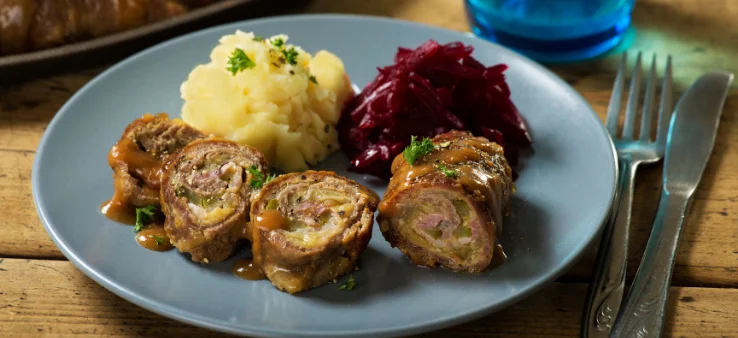
What is Polish Food?
Polish food refers to the cuisine of Poland, which is characterised by hearty and flavorful dishes that often incorporate ingredients such as meat, potatoes, cabbage, and various grains. Polish cuisine has been shaped by a combination of historical influences, including neighbouring countries, trade routes, and agricultural traditions. Here are some key elements of Polish food:
Meats:
Pork, beef, and poultry are commonly used in Polish cooking. Sausages, including kielbasa, are a staple and come in many varieties, often flavoured with garlic, marjoram, and other spices. Pork is particularly popular and is used in dishes like kotlet schabowy (breaded pork cutlet) and bigos (hunter’s stew).
Potatoes:
Potatoes are a versatile ingredient in Polish cuisine and are used in a variety of dishes, including pierogi (dumplings), placki ziemniaczane (potato pancakes), and kartoflanka (potato soup). They’re often boiled, mashed, or fried and served as a side dish or incorporated into main courses.
Cabbage:
Cabbage is a common vegetable in Polish cooking and is used in dishes such as golabki (stuffed cabbage rolls), kapusta z grochem (cabbage with peas), and bigos (hunter’s stew). Sauerkraut, fermented cabbage, is also widely used and adds a tangy flavor to many dishes.
Grains:
Grains such as wheat, rye, and buckwheat are staples in Polish cuisine. Pierogi dough is typically made with wheat flour, while buckwheat groats are used in dishes like kasza gryczana z grzybami (buckwheat groats with mushrooms).
Dairy:
Dairy products play a significant role in Polish cuisine, with sour cream (smetana) being a common ingredient in many dishes. Polish cheeses, such as oscypek (smoked cheese made from sheep’s milk) and twarog (quark cheese), are also popular.
Soups:
Soups are an essential part of Polish meals and come in a variety of flavours and textures. Barszcz (beet soup), zurek (sour rye soup), and rosol (chicken soup) are just a few examples of traditional Polish soups.
Desserts:
Polish desserts range from simple pastries to rich, multi-layered cakes. Makowiec (poppy seed roll), sernik (Polish cheesecake), and paczki (filled doughnuts) are popular choices for special occasions and holidays.
Pickled and Fermented Foods:
Pickled cucumbers (ogorki kiszone) and sauerkraut (kapusta kiszona) are common accompaniments to many Polish meals. These fermented foods add a tangy flavour and are believed to aid digestion.
Overall, Polish food is known for its emphasis on hearty, satisfying flavours and its use of seasonal, locally sourced ingredients. It’s a cuisine that reflects Poland’s rich culinary history and cultural traditions.

Where Can You Find Polish Food in Australia
In Australia, you can find Polish food at various restaurants, cafes, and specialty food stores. Here are some places where you can enjoy authentic Polish cuisine:
Polish Restaurants:
Borsch, Vodka & Tears: Located in Chapel Street, Prahran, this restaurant offers a wide selection of traditional Polish dishes, including pierogi, bigos, and hearty soups.
Amber Kebab & Polish Cafe: This casual eatery in Footscray serves a mix of Polish and Middle Eastern cuisine, including pierogi, kielbasa rolls, and shawarma.
Polish Bakeries and Delis:
Polka Dot Polish Deli: Located in Footscray, Polka Dot offers a range of Polish groceries, including sausages, cheeses, pierogi, and bread. They also serve hot dishes to take away.
Babka Bakery Cafe: While not exclusively Polish, Babka in Fitzroy North offers a selection of Polish-inspired pastries and cakes, such as poppy seed rolls and cheesecakes.
European Markets:
Prahran Market: This iconic Melbourne market often features European food stalls where you can find Polish delicacies such as sausages, pickles, and baked goods.
Queen Victoria Market: Another popular market in Melbourne, Queen Victoria Market, occasionally hosts Polish food stalls selling traditional treats like pierogi and pastries.
Polish Food Events and Festivals:
Keep an eye out for Polish food festivals and events in Australia, such as Polish Festival @ Federation Square or Polish Dumpling Day. These events often showcase a wide range of Polish cuisine and culture.
These are just a few options for finding Polish food in Australia. You may also discover Polish-inspired dishes on the menus of other European or international restaurants throughout the country.
Indulge in Polish Cuisine Across Australia
Polish food is a beautiful heritage, intricately woven with the rich tapestry of Poland’s cultural history. Each dish carries the legacy of generations, passed down through families and communities, preserving traditions and flavours that date back centuries. From the earthy warmth of barszcz to the delicate layers of sernik, Polish cuisine reflects the country’s agricultural bounty and culinary creativity.
In Australia, the presence of authentic Polish eateries offers a taste of this heritage to locals and visitors alike. People in Australia are indeed fortunate to have access to such culinary treasures, where they can experience a slice of Poland’s culinary heritage right in their own city.
Read More:
Best Mexican Food in Australia
Best Japanese Food in Australia
List of Hatted Restaurants in Australia
